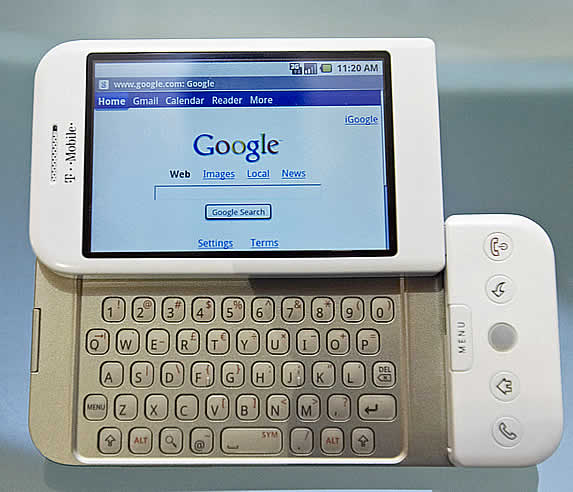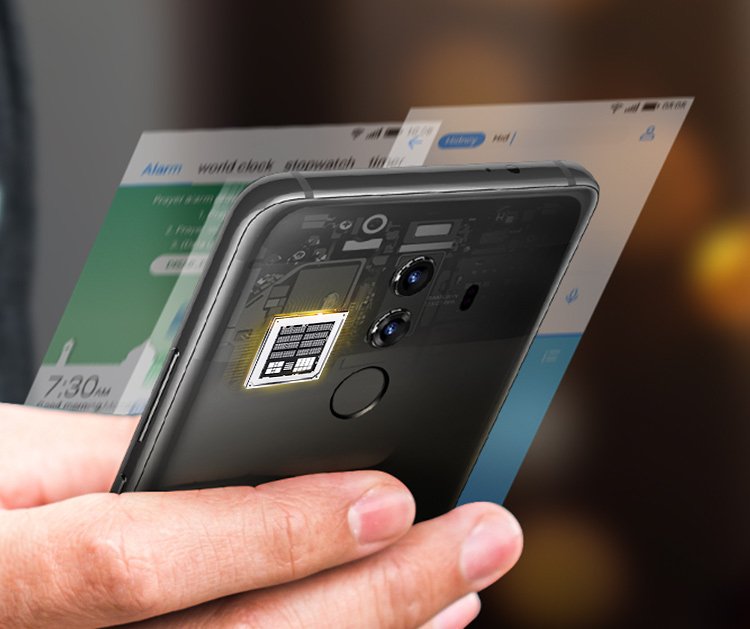In 1994, the relatively unrivaled technology giant of the time, IBM, introduced and sold its first smartphone, known as the smartphone. Today, dozens of companies that roam the same lands are now producing devices that are vital for us. So how did phones come to know us better than we do? In the new episode of TeknoHistory, we take you on a short journey again.
The popular view of smartphones has its origins in the first iPhone model introduced by Apple in 2007. However, this is wrong. For this, first of all what makes a phone smart It’s good to know what it is. Internet access alone is not sufficient to explain this difference.
Today’s smartphones are supported by artificial intelligence software that is shaped according to the owner, and most of them do this. artificial intelligence processors they do it easily.
1994: The device where the term “smartphone” is used for the first time in history is IBM Simon
IBM in 1994 “Simon Personal Communicator” He created a device called How rough and woody the name is, isn’t it? Simon was designed as a pocket computer with phone features, and in 1995 it started to be known with the definition of “smartphone”.
Simon’s launch price was $899. Probably the price of this device, according to our research, if it went on sale in today’s economy conditions About $1500 in 2021 would be. So it could replace the most expensive smartphone today. This makes the IBM Simon actually the most expensive smartphone in history.
1999: BlackBerry’s show began:
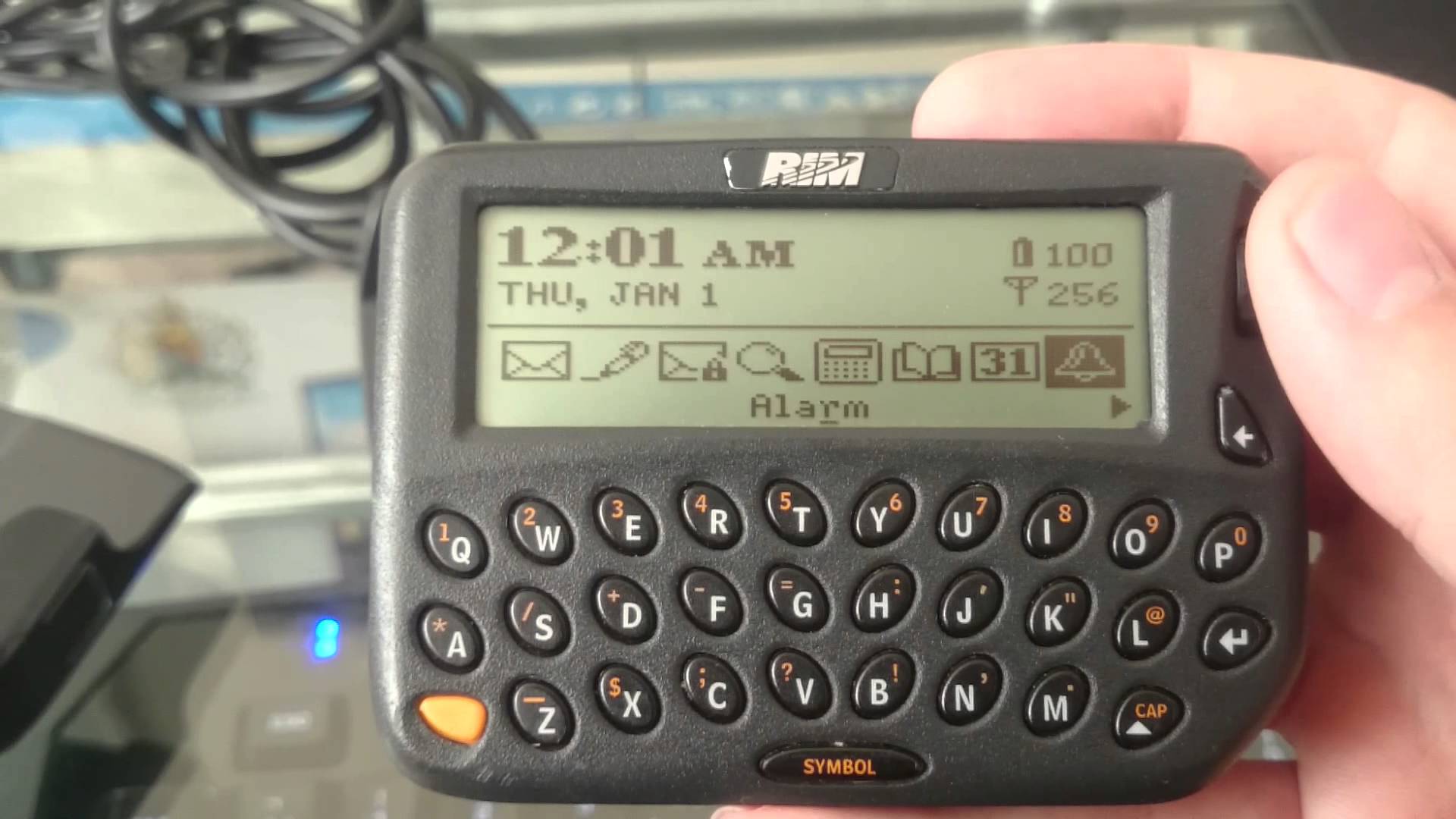
In the years when Apple was obsessed with personal computers, Steve Jobs was fired from his company, and Samsung produced business machines. IBM and BlackBerry rivalry there was. BlackBerry started producing personal devices for work, which it still insists on, with the RIM 850 model introduced in 1999.
The RIM 850 was a device that allowed corporate emails, digital directories, calendars, and task list creation. In a way, wireless internet experiencewas the first portable personal pocket computer.
2000: We don’t call it the millennium for nothing, greet the first phone with a camera:
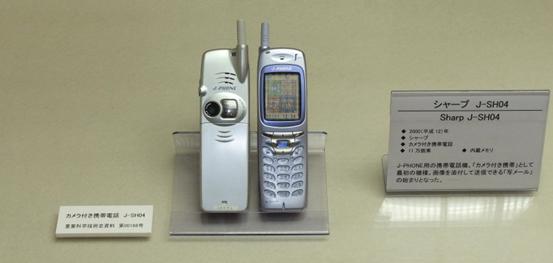
One of the most important features that makes a phone smart is the camera. Today, members of the 18-year-old group have almost never seen a cameraless phone in their lives. Once over with a camera phone for taking pictures onlyr have now become the eyes of the robot in our pocket.
Contrary to most misinformation, Japanese electronics giant Sharp produced and launched a failed camera phone called the J-SH04 in 2000. The cause of its failure was not the device itself, People didn’t really like the idea of a camera phone back then..
2003: The Nokia 1100, the best-selling classic phone of all time, is launched
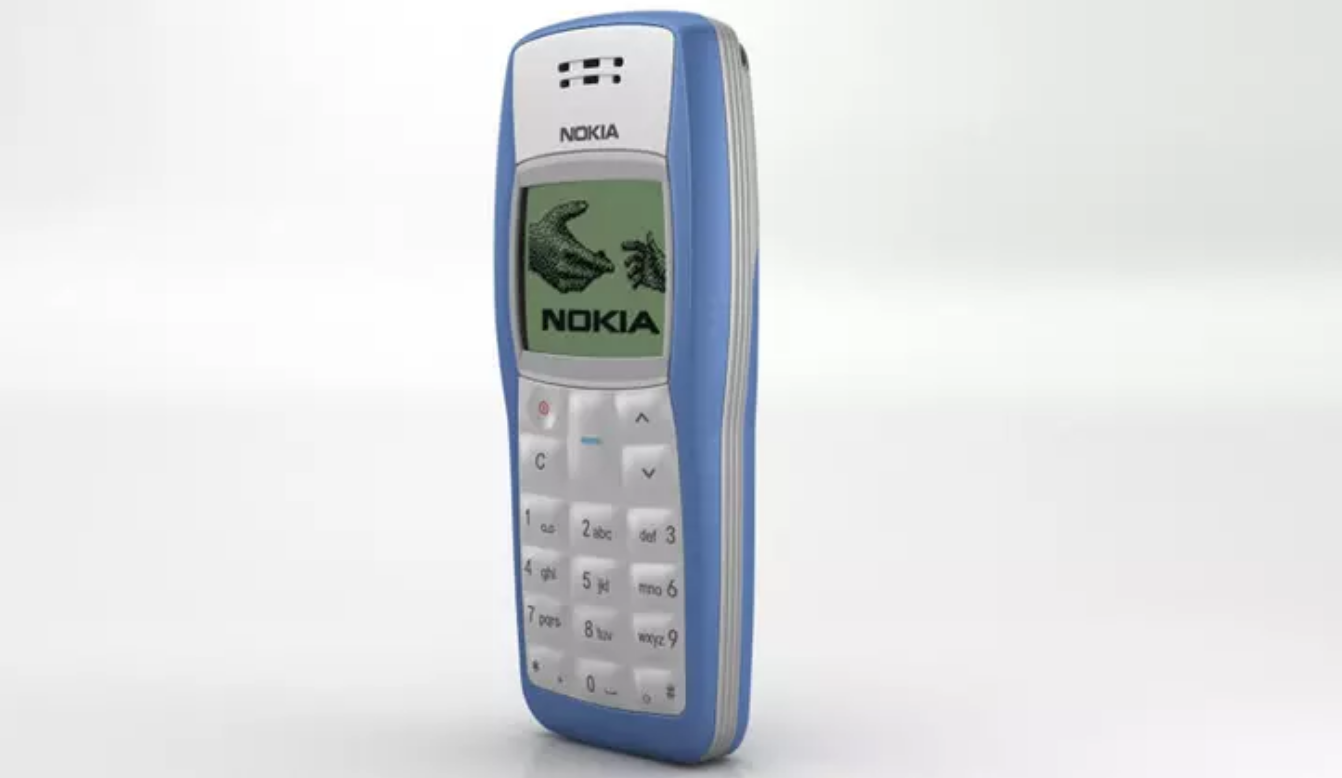
Yes, we said that I wouldn’t mention the name of classic phones too much, but we can’t ignore the technologies that made history that made personal phones popular. Today, Nokia may be crushed by giants as a company that succeeds in this. Despite everything, no one has yet been able to equal his success. The Nokia 1100, released in 2003, best selling phone in history topped the overall classification.
The 1100 ignited the fuse of the telephone industry and took the competition to the next level. After this stage, each manufacturer fought to offer more. Manufacturers who thought to wink at the past to offer more have won. The new and the old had to be combined, it had to be highly functional and the problems had to be fixed. Nokia’s biggest regret had a traditionalist approach.
2007: First iPhone introduced by a learned company boss:
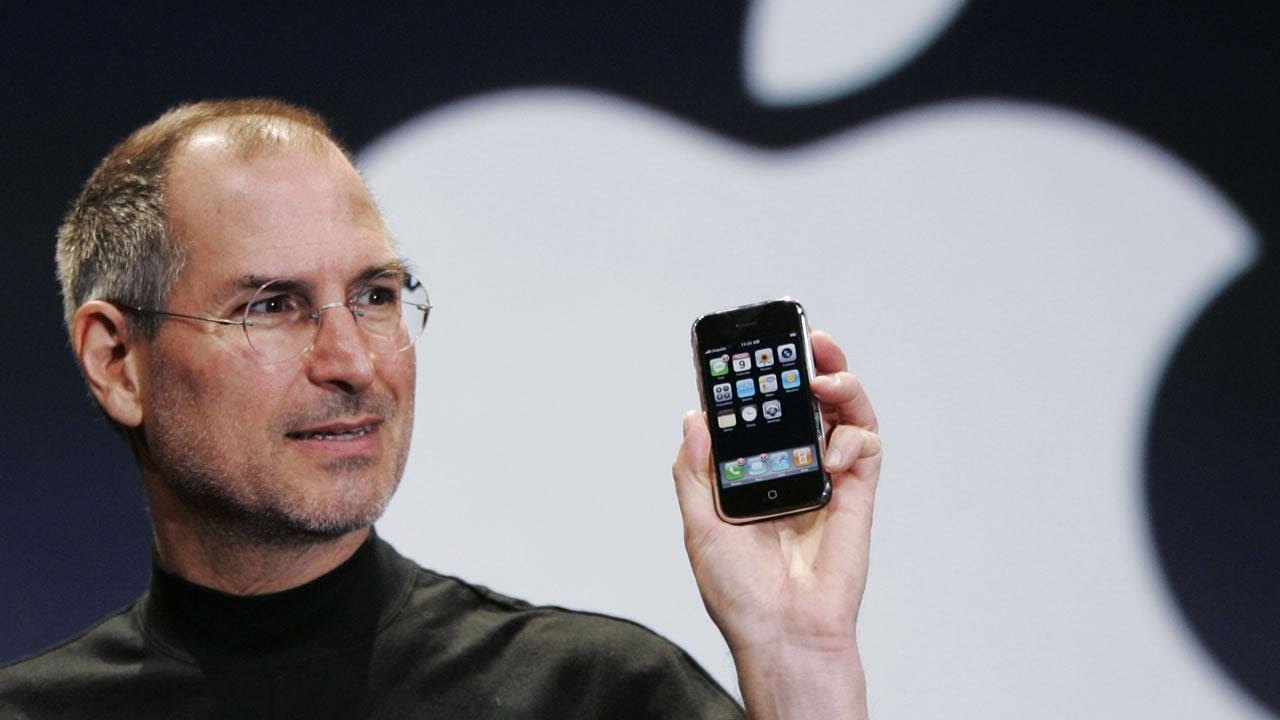
In 2007, Apple introduced the iPhone, one of the most influential technological products in history. The device was designed to offer more than just a phone in a rather small body. Its camera could only take pictures and offered the opportunity to surf the Internet on its color touch screen. A little more time was needed for the concept of mobile application. Steve Jobs during iPhone launch “We are 5 years ahead of the mobile device industry” he had said a word, he was really so full.
January 2008: App Store and mobile stores emerge
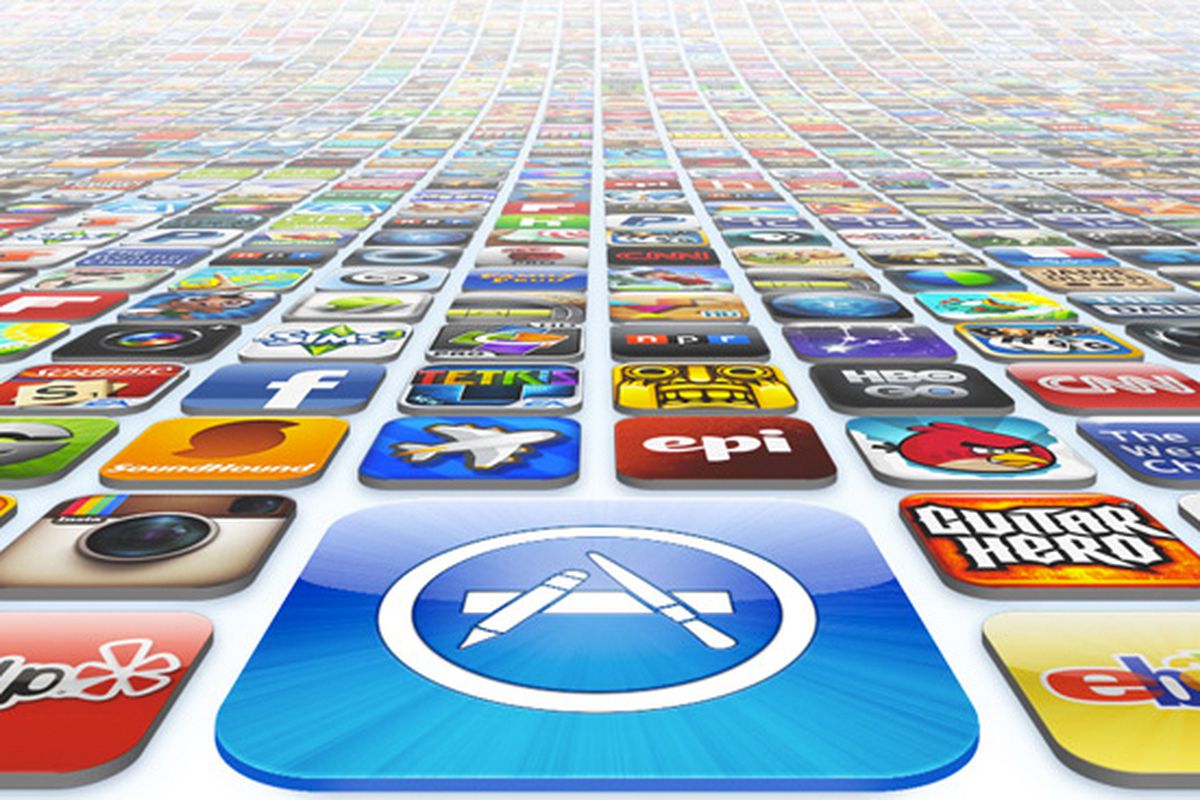
It was necessary to offer a different world for users to access services that fit their purposes. Therefore, after 1 year after the first iPhone model, Apple App Storeannounced it. This was a revolution for smartphone manufacturers because there was an alternative to making and selling devices, which was the only way to make money. Apple did not allow independent developers to release applications in the first place. Again, a different understanding, a faster transformation was needed.
November 2008: The birth of Android, the most used operating system in 10 years, with HTC Dream:
Google’s mobile operating system Android was released quietly in November 2008. HTC Dream It took its place in a device known as the T-Mobile G1 in the USA. HTC Dream, slider touch screenWith its physical keyboard and maximum functionality, it became one of the best devices of the period.
April 2011: The collapse of classic phones
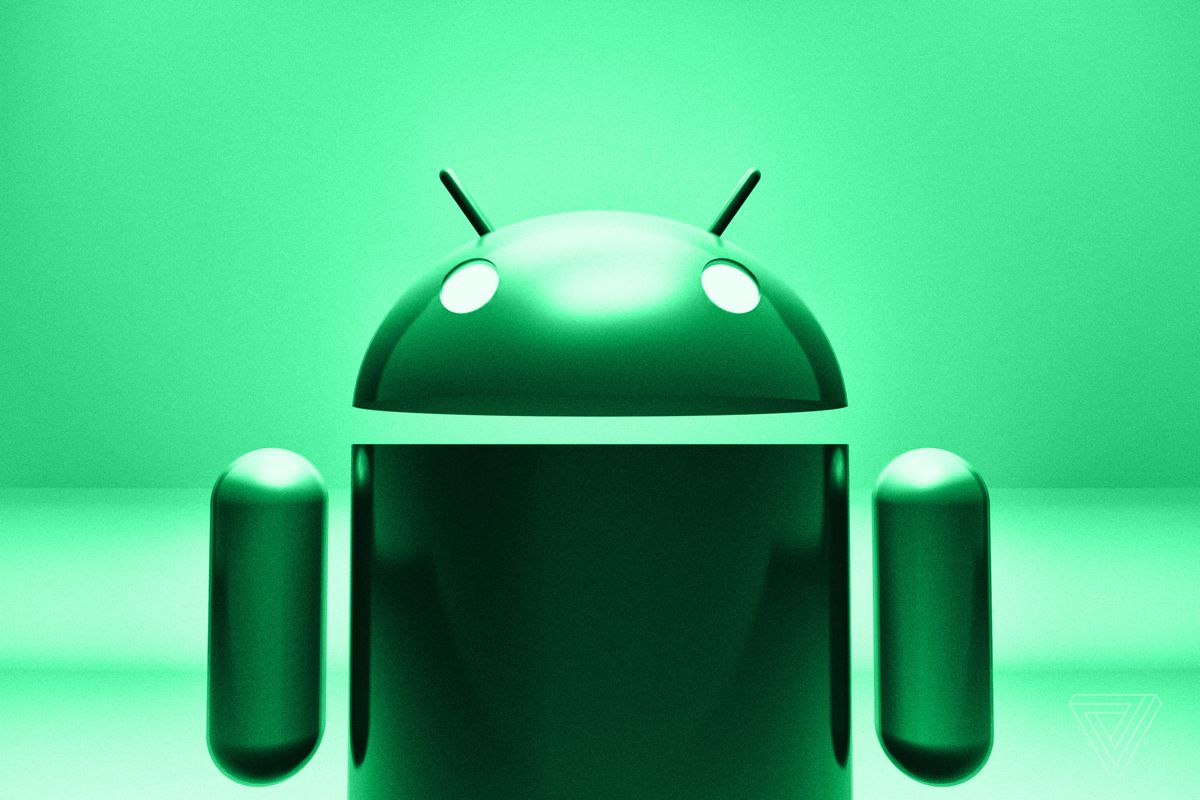
We can now agree that the biggest thing that makes phones smart is software. Android in April 2011, The world’s most used “mobile” operating system it happened. Although it has been 3 years since Apple has taken this step before with iOS, Google has succeeded in documenting the transformation.
mobile devices more than 36% They now have Android. Meanwhile, the usage rate of Symbian, Nokia’s operating system, began to decline, and Nokia was persistently not approaching the Andorid front. The company would make an agreement with Microsoft in the coming years and miss the boron market, with that head, Niğde was already far away.
April 2011: Hey Siri
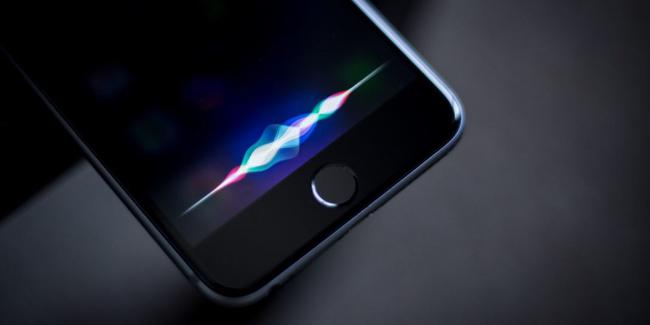
Siri, one of the biggest parts of iPhones, first appeared in 2011. It took time for him to learn new languages and use them quickly. Google is now only a year later Google Assistant launched Google Now, which we know as
December 2011: Microsoft with a flower pot on its head
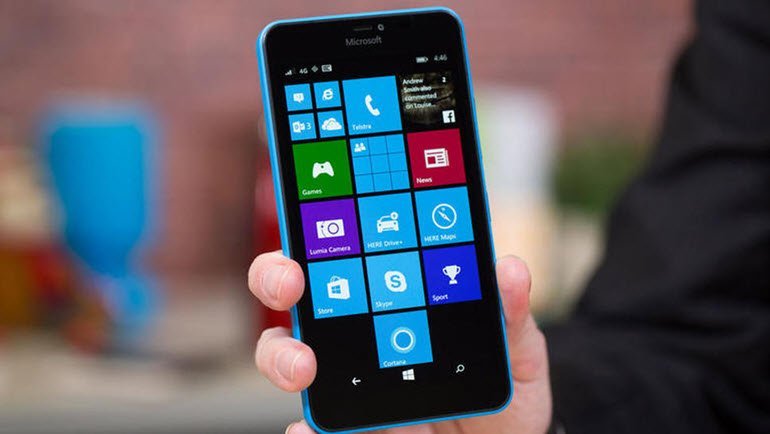
Watching the mind-blowing rise of Android and iOS from afar, Microsoft stopped ignoring the fact that devices will now become mobile, and did not care much. Windows Mobile pulled the plug on the project. A new understanding has emerged called Windows Phone. Now the indispensable operating system of the PC was ready to compete with its mobile version. In an environment where there are already two people, you know what happens to the third.
January 2012: The sad end of persistent traditionalism
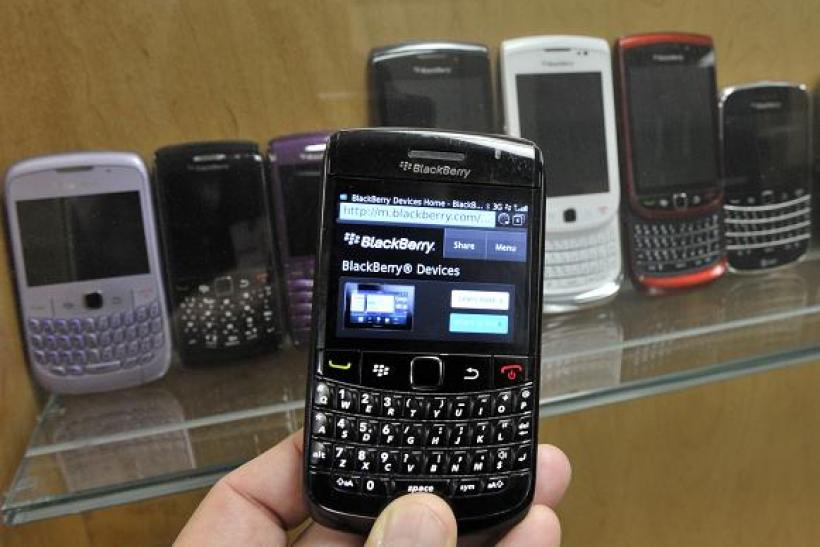
BlackBerry still continues production, still persistently produces devices with physical keyboards. Companies that want to be a giant in the market act according to the trends of the consumers. The current giants are setting the course for these trends. BlackBerry, on the other hand, insistently acts with an understanding that does not see anything as true other than what it says. At the beginning of 2012, the firm you’ve had your worst year behind you had explained.
End of 2012: New giant, great competition
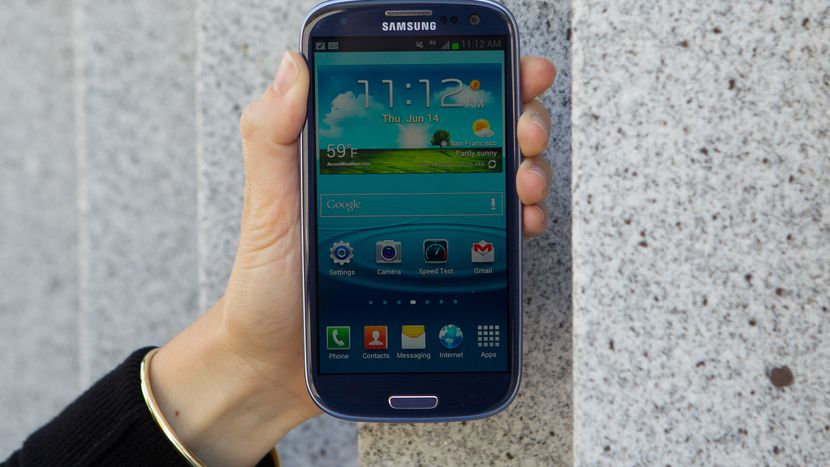
Samsung was the best-selling device in the smartphone industry in 2012. The company has turned the market upside down with all kinds of smartphones that fit almost every pocket. At the same time, Apple implemented a different strategy with a small number of devices with highly selective technologies, placing it in the 2nd place among the top phone sellers. Samsung is still the leader of the smartphone industry today. Apple, on the other hand, is fighting for second place with Huawei.
November 2013: You billion, you million, what did you do?
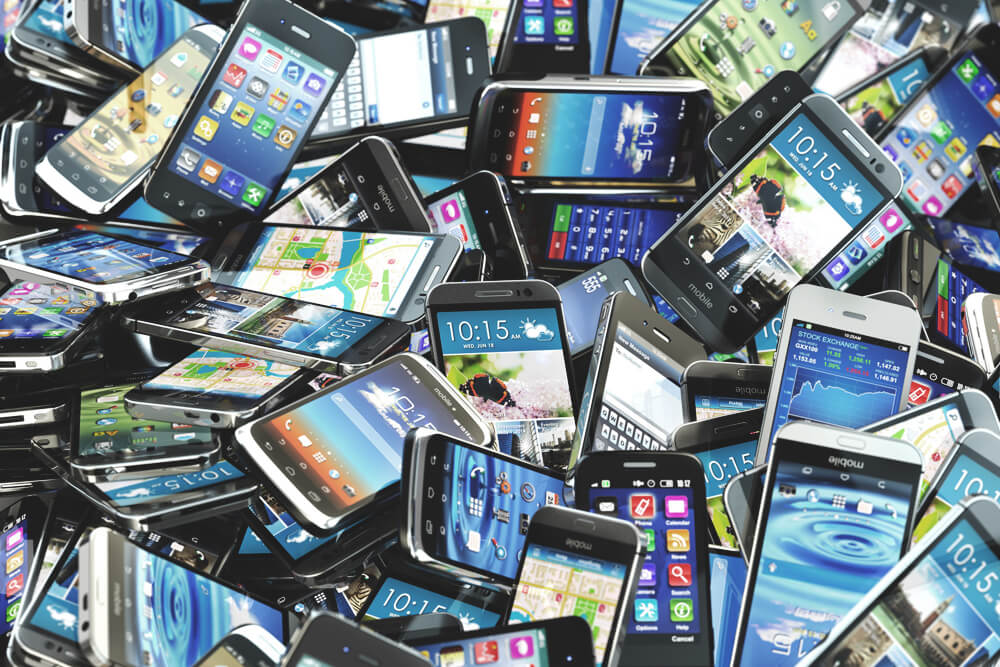
In 2013, the number of smartphones sold worldwide exceeded 1 billion. Yes, exactly 1 billion people had smartphones in their pockets, experts were talking about this market still not getting enough. Thanks to technologies like 3G it was desired to ensure that everyone, everywhere and always stay connected to the internet. Today, there is still no internet access all over the world, but the smartphone does.
2015: Addiction
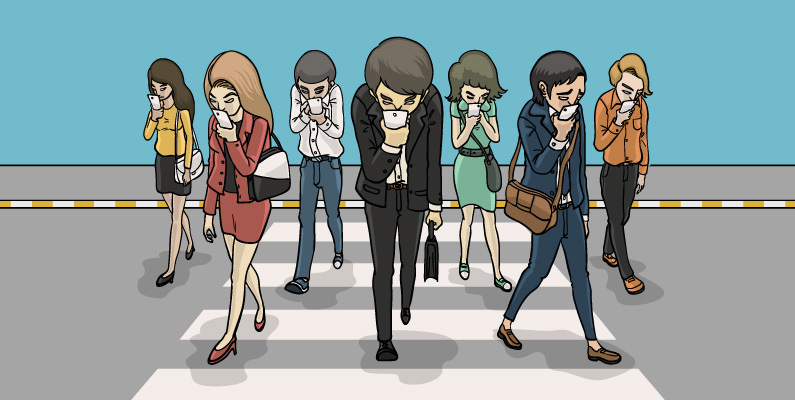
After global research, social media channels reached more people with smartphone applications, the addiction factor met with technology. It has been mentioned since 2008, but is not mentioned much. Nomophobia (No mobile phobia – Nomophobia) A psychological symptom called A significant number of smartphone users today suffer from this symptom. If smartphones suddenly disappeared, we would turn into fish out of water, rabbits in light.
Research conducted in 2015, close to 80% of people are under the influence of this addiction. revealed that they are. More and more smartphones were being sold, but that too had a limit.
2016: OK Google
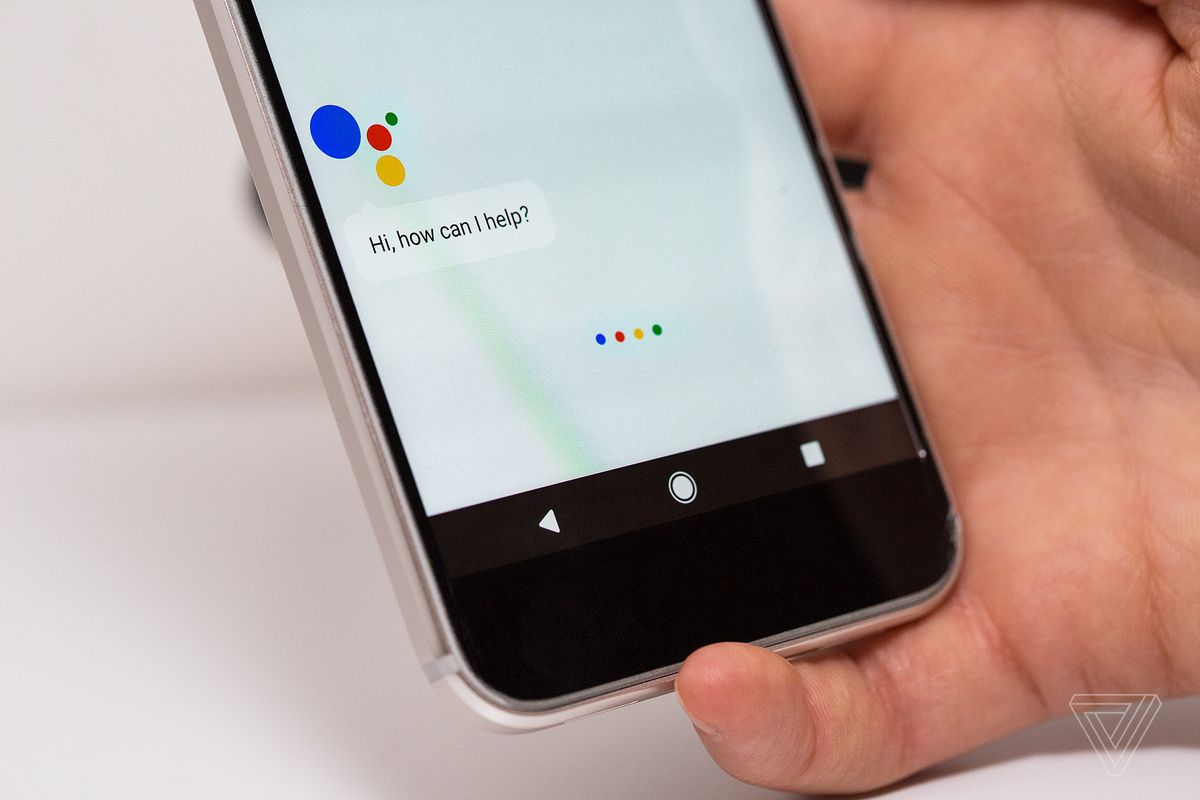
Google has completed many years of work on the voice assistant and introduced Assistant as a part of the messaging application Allo. Assistant over time Google Now replaced the application. Google Assistant is the most humanoid speaking assistant in the world today, featuring the most advanced voice synthesis technology. (Turkish version of advanced version is still under construction)
February 2017: For the first time in history, smartphone sales fell:
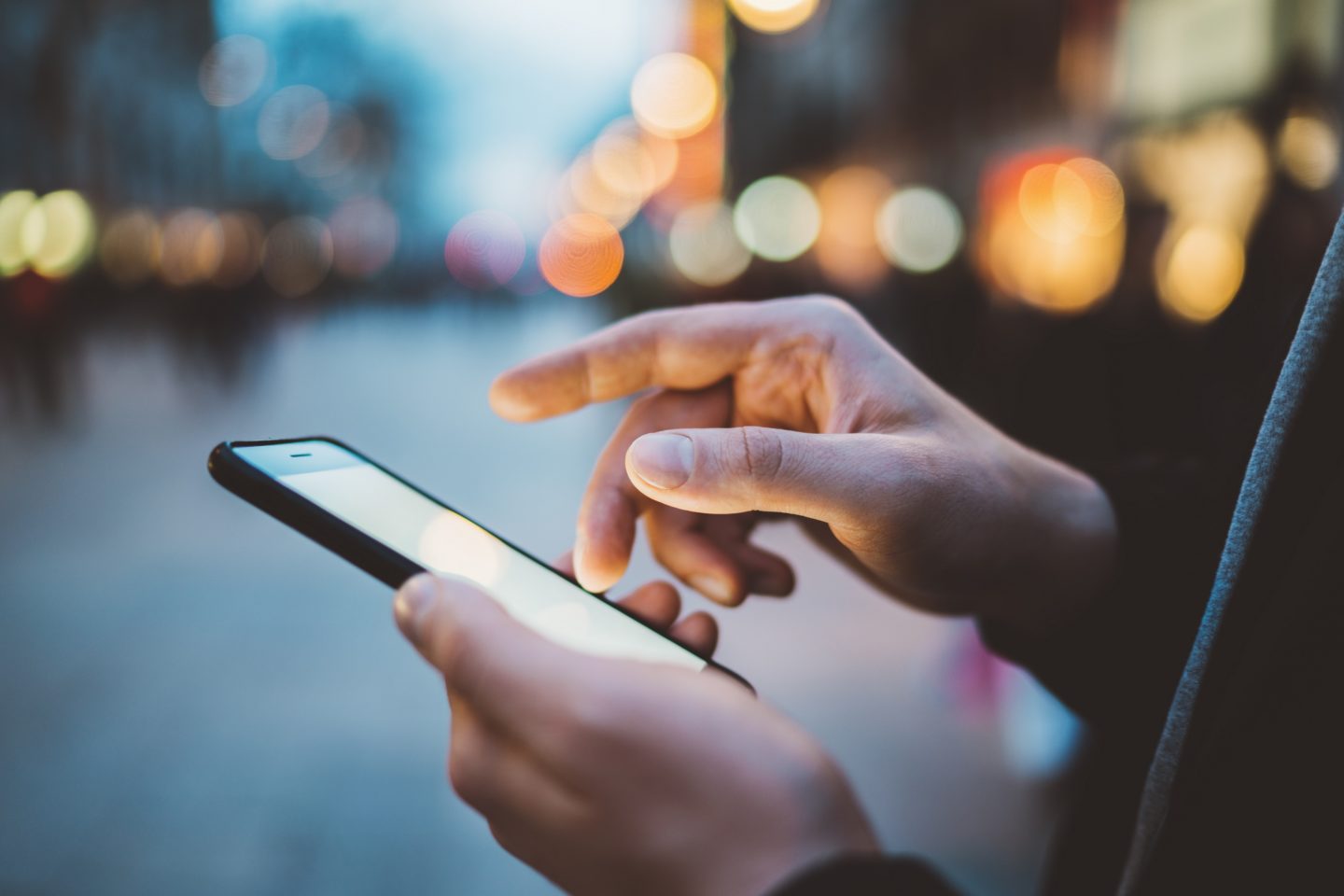
Easy to say, since 1992, for the first time since 2007, when we saw the first iPhone, there has been a slight decline in smartphone sales. According to experts, this was a sign that the market was now saturated. People, phone renewal every year they started to see some redundancy.
November 2017: Google overtakes Microsoft
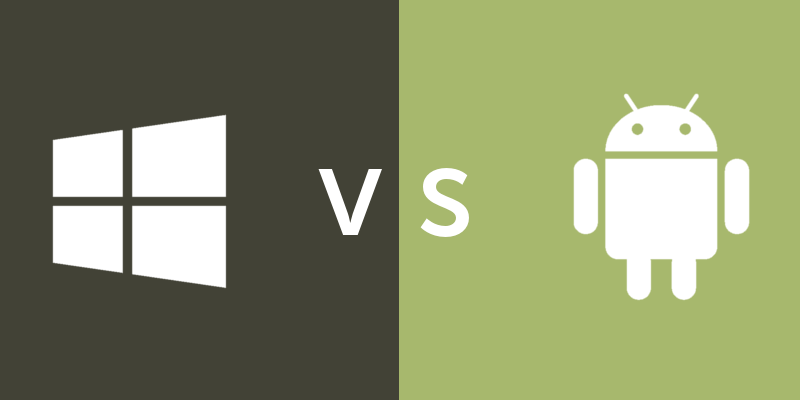
Google surpassed Microsoft’s Windows in the category where all operating systems competed. Android is the most used operating system in the world. it happened. Although Samsung has made a great contribution to this business, there are now companies that manufacture and sell millions of devices, apart from Apple.
November 2017: First smartphone with artificial intelligence processor
Artificial intelligence consists of software, but these software require high processing power. With the processor in mobile devices consisting of millions of transistors, they consist of two classical parts. The first of these is the CPU, which is the central processing unit. The second is GPUs that organize image processing. Huawei For the first time in smartphone history, it has its own processor brand. Kirin with a success.
The company introduced a 3-section mobile processor chip with a processor unit called NPU, which is specially tasked with the operation of artificial intelligence software. These chips appeared in the Mate 10 series, which has the first physical artificial intelligence processor in history. Simultaneously, Apple unveiled the iPhone X and the A11 Bionic processor. Then Qualcomm Snapdragon 845 and we’ve seen powerful processors like the Samsung Exynos 9810. All mobile processors today have an artificial intelligence unit.
Today: Foldable phones and LiDAR sensors

In the world of smartphones, led by Samsung, Apple, Xiaomi and Huawei, there are now hundreds of devices and dozens of manufacturers. China seems to have captured most of the market with its brands. sound now with assistants and artificial intelligence technologies our phones know us better.
Smartphone manufacturers now have few options to differentiate and are trying to achieve this with high-level investments. Mobile processors powerful enough to run computers, foldable screens and camera sensors have already settled into the tiny computers in our pockets… What do you think will be the future of smartphones? We are waiting your comments…
RELATED NEWS
TechnoHistory 1: The Epic 4 Million Years of Technology Evolution (New Series)
RELATED NEWS
Put Your Tea With Your Coffee Come #8: How Did The Technology We Know Today As ‘The Internet’ Emerge?
A little reminder: You can download the Webtekno mobile application to your iOS and Android devices from the links below.

